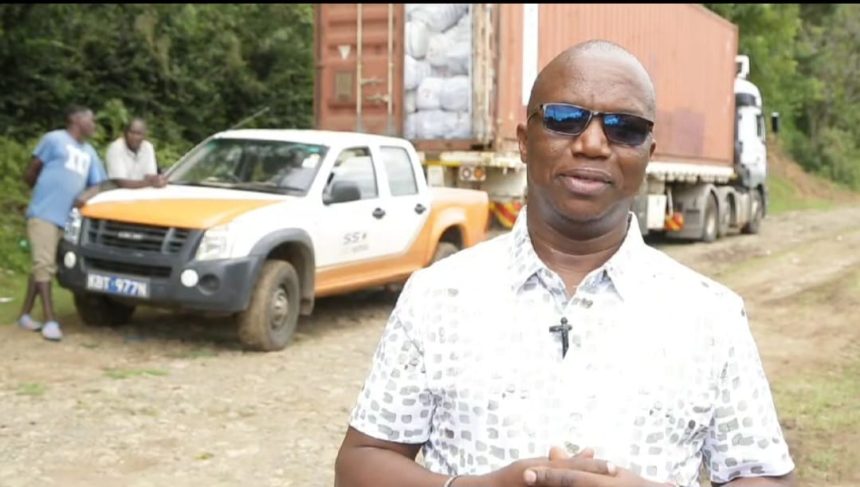Kenya’s fight against malaria has reached a new milestone with the successful mass distribution of mosquito nets, powered by a groundbreaking digital platform ‘Digimalke System’ and the dedicated efforts of community health promoters.
The campaign is a first in sub-Saharan Africa to make use of a digital platform, it highlights the transformative potential of technology and grassroots collaboration in public health.
Coordinated by the Kenya Medical Supplies Authority (KEMSA) and funded by the Global Fund, the 2023-2024 mosquito net distribution campaign utilized advanced digital tools to enhance efficiency, accountability, and coverage.
KEMSA successfully received a total of 10.7 million Long-Lasting Insecticidal Nets (LLINs) procured by Global Fund. The nets were meant for malaria endemic areas across the country where 22 counties have been identified as malaria endemic.
The campaign marked the first deployment of a digital platform for mass net distribution in Kenya.
Digimal was developed collaboratively by HealthIT, the National Malaria Control Program, the Global Fund and U.S President’s Malaria Initiative.
According to Patrick Mburugu, National Coordinator for the Mass Net Distribution Campaign, Digimalke System streamlined operations and improved resource utilization.
“This is the first campaign we’ve deployed a digital platform, and it has shown significant benefits in terms of efficiency, resource optimization, and accountability,” Mburugu said. “We’ve seen a notable improvement in coverage and the utilization of resources within the right framework.”
The platform enabled real-time registration of beneficiaries, accurate tracking of resources, and transparency throughout the process. To address connectivity challenges in remote regions like Turkana, Lamu, and parts of the coastal areas, the government introduced an offline-enabled mobile app.
“This innovation ensured that even areas with poor network coverage were effectively reached,” Mburugu explained.
Mburugu says the malaria prevalence in the country has declined from 8pc to 6pc since 2020 attributing the drop to proper use of mosquito nets alongside other interventions.
Community Health Promoters: The Backbone of Success
At the heart of the campaign were community health promoters, who played an integral role in ensuring the success of last-mile distribution efforts. Working hand-in-hand with village elders, they registered households through the digimal platform and this ensured accurate and timely delivery of mosquito nets.
Speaking on their contributions, Dr. John Aduda, KEMSA’s Quality Assurance Manager, emphasized their importance: “Community health promoters and village elders were vital to the success of this campaign. Their local knowledge and commitment ensured that no household was left out.”
Their efforts were supported by an extensive training program designed to align with Global Fund guidelines, equipping them with the skills to use the new digital platform effectively.
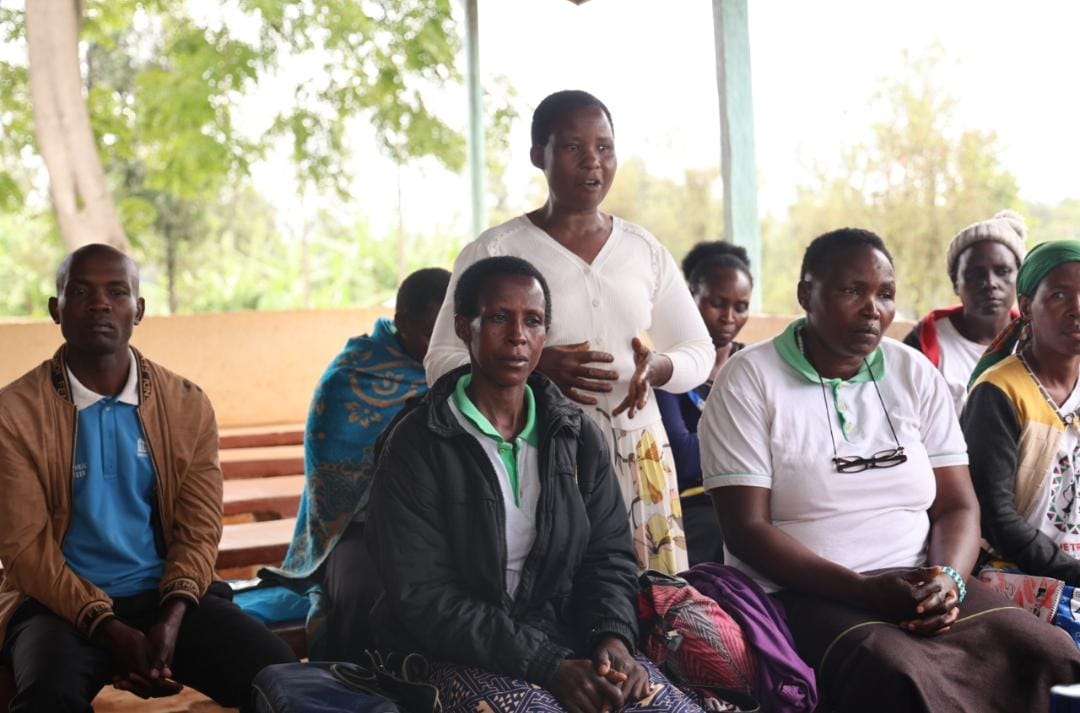
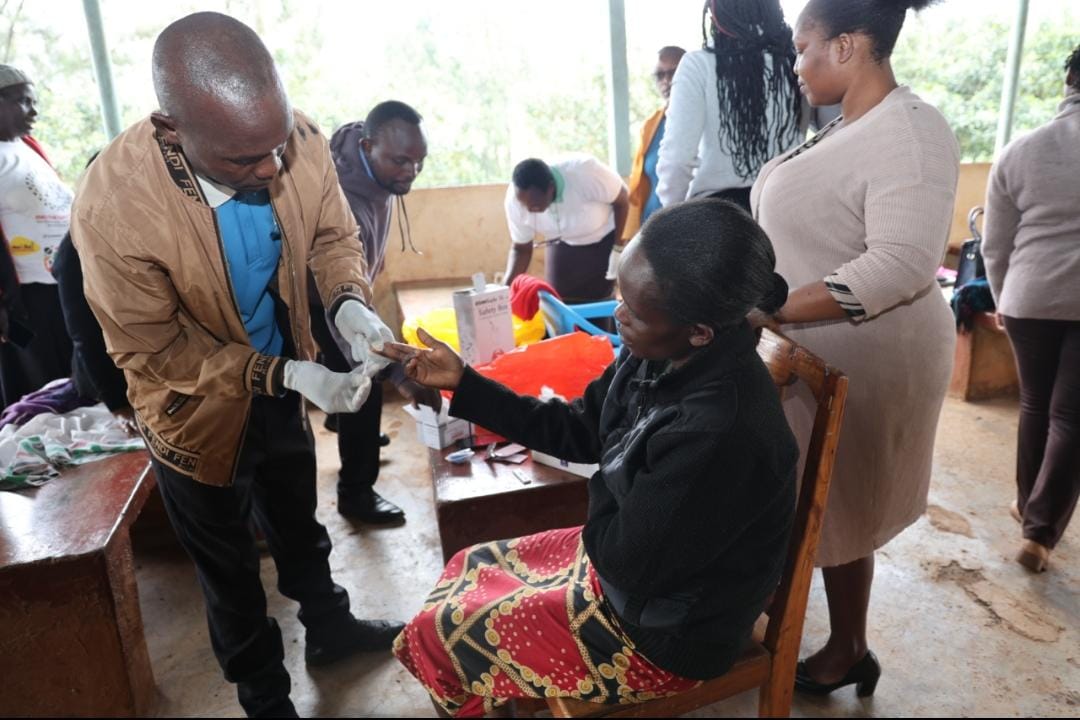
By leveraging on the Digimalke System for registration, KEMSA has ensured that every net is accounted for, enhancing transparency and efficiency in the fight against malaria.
The registration process started with trainings and community sensitisation where persons in charge of public health at the community level as well as community health promoters – CHPs were trained.
After the training the other step was the household registration through the Digimalke System where the beneficiary received a One Time Password (OTP) on their mobile phone.
Once the registration is verified and the data submitted to KEMSA, the mosquito nets are delivered to local distribution points where only those registered and details well captured through the platform eventually receive the nets.
Reverse logistics
In cases where some beneficiaries failed to collect the nets, KEMSA carried out reverse logistics.
Reverse logistics involves collecting surplus or unallocated nets from distribution posts and county stores and transporting them back to KEMSA’s central warehouses.
In response to shifts in demand, KEMSA executed reverse logistics by pulling back excess LLIN stocks from Mombasa, Kisii, and Nyamira counties. The nets that were pulled back were redirected to areas of high need in Kericho and Nandi counties and distributed in line with instructions from MOH.
KEMSA in partnership with Ministry of Health and other stakeholders distributed 941,368 nets in Mombasa and 449,974 in Nyamira and Kisii counties.
Last mile distribution was done and the nets were delivered to 588 and 288 distribution posts in Kisii and Nyamira respectively.
Following distribution of LLINs to households in Kisii, Nyamira and Mombasa counties, the uncollected mosquito nets were mopped up by the county teams from various distribution posts and transferred to a secure central store. For example, in Mombasa Marimani Outreach Centre was the identified central store with a similar scenario replicated in Kisii and Nyamira counties.
KEMSA was tasked to collect bed nets from Marimani in Mombasa for redistribution to vulnerable populations in Sigowet and Kipkelion in Kericho County. While the excess nets in Kisii and Nyamira counties were delivered to Aldai and Tinderet Sub-counties, Nandi County.
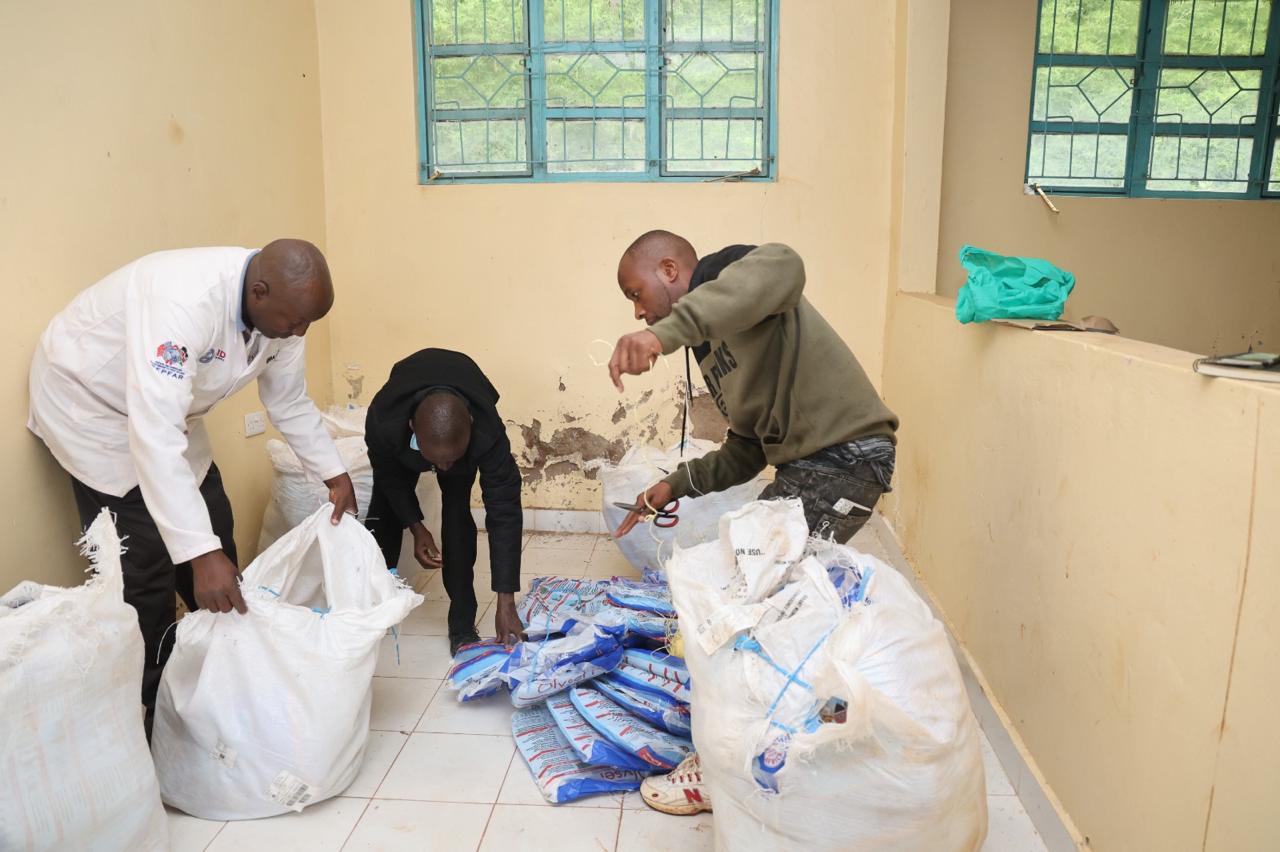
Uncollected nets
There were diverse and unique reasons that made beneficiaries fail to pick up nets that varied from one place to another.
According to Community Health Promoters as well as health officials interviewed in Nandi, Nyamira, Kisii and Kericho, some of the reasons some people did not eventually pick their nets included one having moved elsewhere outside his or her area of registration.
According to those tasked with the distribution, the recipient needed to show a message received through mobile phone during registration for one to receive the net. A few could not collect due to data errors.
In Kisii and Nyamira Counties, those who missed out on the nets were mostly Nairobi City County dwellers who registered in the village during the holiday season and were away during the time to receive the same.
The issue of lifestyle played out in Turkana where due to their lifestyle as nomads most of the beneficiaries were not able to pick nets since they had moved from the place they had registered at while in Mombasa the nets were distributed during Ramadhan and this made beneficiaries miss out due to the nature of the festivities.
Security tightened through technology
Security was also tightened through technology to safeguard the integrity of the distribution process.
KEMSA employed e-locks on all trucks transporting the LLINs enhancing security and ensuring real-time traceability, mitigating risks such as theft or tampering during transit.
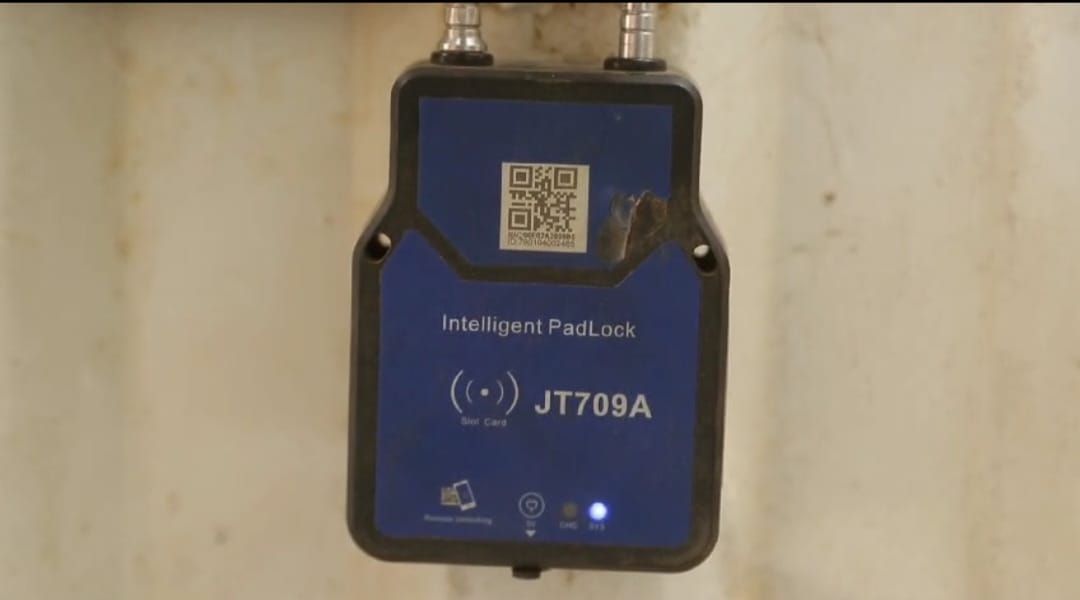
Overcoming challenges through innovation
Despite its success, the campaign faced logistical and infrastructural hurdles. Challenges such as tracking individual batches and managing ward-specific distributions required meticulous planning.
KEMSA, however, leveraged its advanced Warehouse Management System and employed cross-docking operations to ensure smooth and timely delivery of nets, even to remote areas.
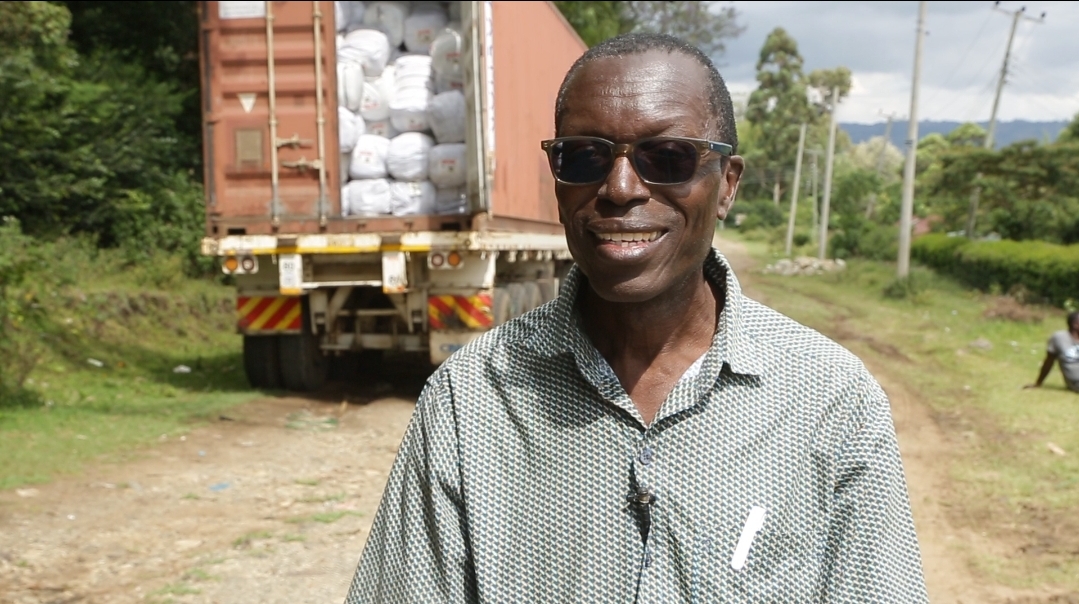
“The use of cross-docking and our advanced systems allowed us to efficiently track and deliver nets to the right locations, even in the most challenging conditions.” Dr. Aduda highlighted.
https://x.com/KBCChannel1/status/1864429158152933712
Future plans
The campaign’s success underscores the value of leveraging technology and grassroots participation in tackling public health challenges. It has also provided valuable insights for future initiatives, with the government planning to further refine digital tools and improve network infrastructure in underserved areas.
“This campaign has set a precedent for using technology to improve healthcare delivery,” Mburugu said. “We are committed to replicating this model for other public health programs.”
The Kenyan government aims to build on these advancements, with the Ministry of Health exploring ways to expand the use of digital platforms in other health initiatives.
The collaboration between KEMSA, community stakeholders, and global partners serves as a model for scaling up health interventions in the region.
On their part Global Fund has commended Kenya’s ongoing malaria campaign, highlighting the effectiveness of multi-sectoral collaboration and the use of technology.
During a recent visit to Kenya to assess the ongoing mass distribution campaign of Long-Lasting Insecticidal Nets (LLINs), at Kipkelion Sub County Hospital Post in Kericho County, Lisa Butler, Senior Programmes Officer at the Global Fund, emphasized the strong collaboration between various stakeholders at both the national and county levels.
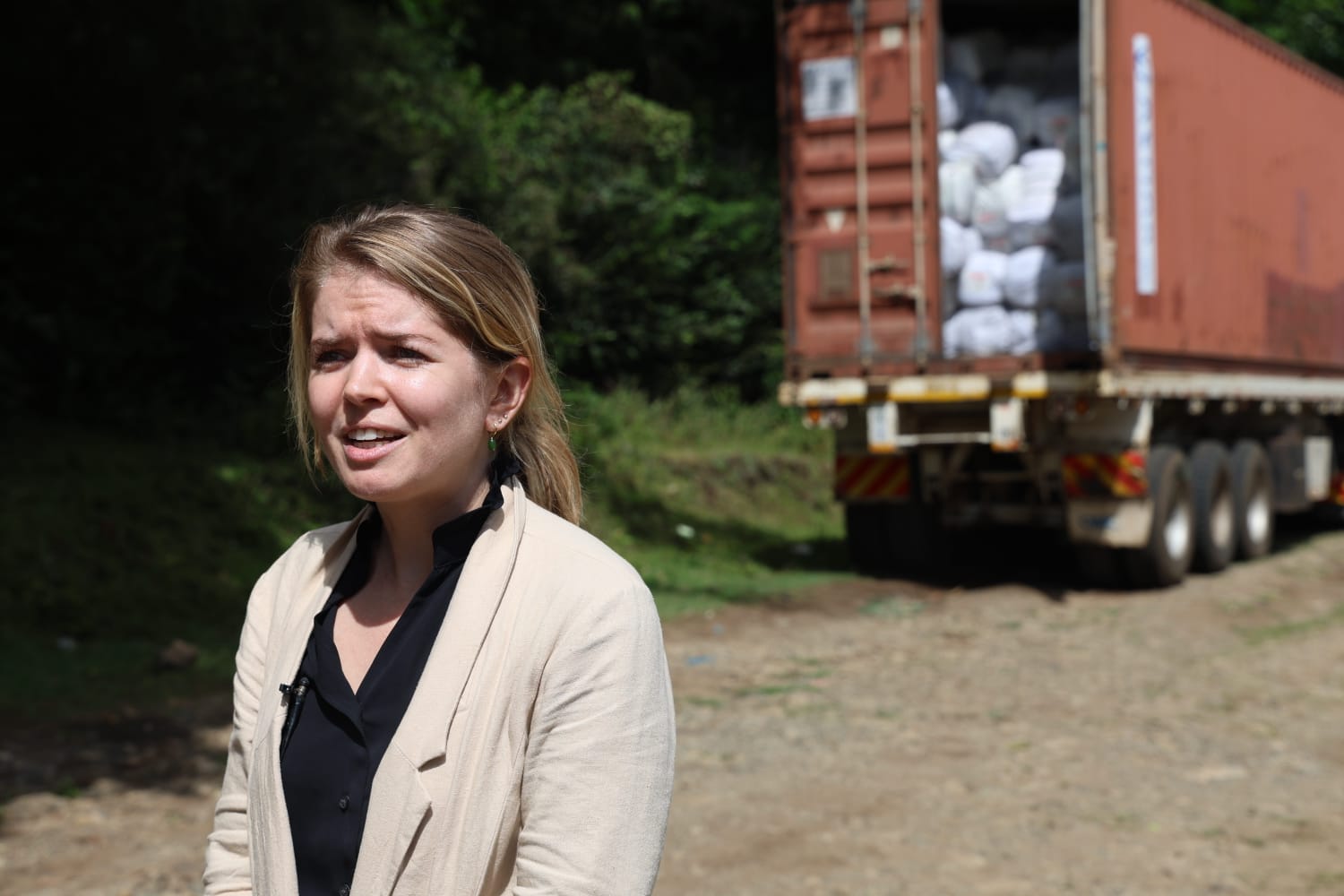
Butler expressed satisfaction with the current campaign’s reach and coordination, noting that the use of nets plays a significant role in reducing the spread of the disease. “We hope these nets reach all the intended households and are used until the next batch arrives,” she noted.
During her visit, Butler also highlighted two key aspects of the campaign that stood out: the successful involvement of multiple stakeholders and the innovative use of the Digimalke System. “The campaign has seen a remarkable level of coordination, with participation from various government levels, community health promoters, and village elders,” Butler said. “Despite the many parties involved, the coordination has been seamless.”
The 2023-2024 mosquito net distribution campaign represents a turning point in Kenya’s fight against malaria.
By combining technology-driven innovation with the dedication of community health promoters, the initiative has reached thousands of households, providing essential protection against the disease.
As Kenya pioneers this new approach to public health, the campaign sets a benchmark for similar efforts across sub-Saharan Africa, demonstrating that with the right tools and partnerships, transformative progress is possible.
Also read https://kbc.co.ke/kemsa-global-fund-boost-malaria-control-nandi/
https://kbc.co.ke/global-fund-kenyas-innovative-malaria-campaign-multi-sector-collaboration/
Also watch https://www.youtube.com/watch?v=uxIyoC0h3uI

